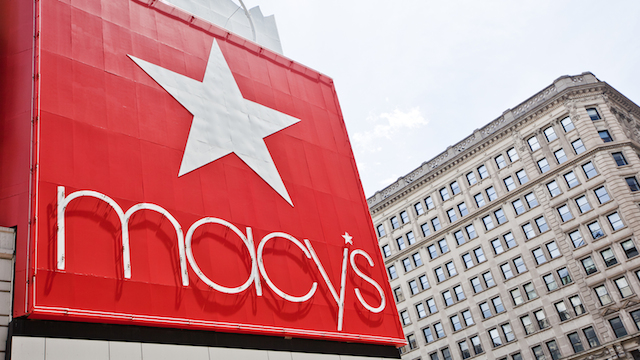As a bellwether for department stores, Macy’s fourth quarter performance is indicative of the problems which is affecting much of the wider US retail market.
This, combined with Macy’s own internal issues, resulted in an exceptionally weak performance which saw sales fall by 5.3 per cent in total and by 4.3 per cent on a comparable basis.
The results are particularly disappointing as they come from the holiday period – the time of year when department stores traditionally pull in customers and put out their best performances. This trend was evident in the same period last year when Macy’s managed to post modest growth in both total and comparable sales. That it did not manage to repeat the performance this year – and that its numbers are are sequentially worse that last quarter – provides a worrying indication that it continues to struggle to make its proposition and offer relevant to modern consumers.
This concern is evident in a lot of Macy’s current thinking as it continues to flip-flop between being a full-price retailer, trying to turn its stores into engaging destinations for consumers, and trying to play in the discount market via the introduction of its Backstage outlets. The latest view that Backstage could be opened in full-line department stores only serves to underline that Macy’s is both struggling to make its existing space productive, and that it lacks the differentiation and brand strength to pull in customers on the back of its full price offering.
That such strength is lacking comes down to the fact that in many locations Macy’s stores are simply not up to par: they are poorly merchandised, hard to shop, lack any inspiration, and have fairly mediocre customer service.
Macy’s is increasingly running a discount operation while trying to charge traditional department store prices. The addition of Backstage will simply accelerate this impression and will make any reinvigoration of the business all the more difficult.
None of this is to suggest that Backstage is not a sensible idea, per se. Given the success of Nordstrom’s Rack concept it is clearly something that has potential; not least because it gives Macy’s a route by which to clear excess inventory and an offer to tap into the discount focused segment of the market. However, like Nordstrom and Rack, it is vital that there is a degree of separation – both physical and emotional – between the two parts of the business.
For all its internal struggles, Macy’s was also a victim of the quarter’s many unhelpful trends. Foremost among these was the weather which drove down demand for winter products including coats, knitwear and boots. This diminished sales at Macy’s, leading to very intense discounting, and has created a glut of inventory which the company is still struggling to clear.
Another trend was the rise of online shopping over the holiday period, especially Black Friday. This reduced customer traffic to malls and physical stores, which was particularly unhelpful for big operators like Macy’s. That said, Macy’s investments in digital did help to drive some online growth across the holiday period – just not enough to offset the decline in sales at physical stores.
For all of the criticisms of Macy’s, management is clearly aware of the issues; it would be inaccurate to say they are not taking steps to address the problems. Indeed, there are many things – from the introduction of third-party concessions to the push into services via the Bluemercury acquisition – that the company is getting right.
However, until and unless these are anchored in a much clearer product and brand proposition, Macy’s will continue to struggle.
This quarter, Macy’s was a weak player in a weak market. Looking ahead market conditions will improve somewhat, but Macy’s still has a very long way to go to maximise its success.
- Neil Saunders is CEO of retail analysts Conlumino.






